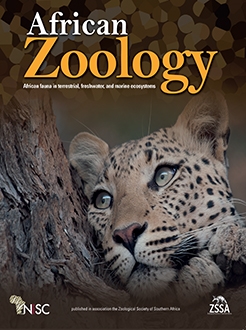Fenthion is a widely used organophosphorus pesticide in agriculture that induces different cytotoxic effects, including male reproductive toxicity. The present work aimed to study the ameliorative effects of curcumin, a potential therapeutic agent against several chronic diseases, on reproductive toxicity induced by the organophosphate insecticide fenthion. Forty adult male albino rats were divided into four groups. The control group received distilled water. The curcumin group was administered curcumin at a dose of 100 mg kg−1 body weight. The fenthion group was administered fenthion at a dose of 0.001 mg kg−1. The fenthion/curcumin group was administered fenthion and curcumin together at the same doses. After four weeks of daily oral administration, the animals were sacrificed and their testes were excised. Specimens were processed for histopatholological and immunohistochemical investigations. Light and electron microscopic analysis visualised dramatic degenerative changes in seminiferous tubules as indicated by atrophy, necrosis, vacuolation and decreased number of spermatogenic cells. Moreover, the fenthion group showed a significant reduction in the proliferating cell nuclear antigen (PCNA)-immunoreactivity. Decreased PCNA-immunoreactivity reflected the depletion in the proliferation rate of spermatogenic cells and suggesting arrested spermatogenesis. Curcumin administration to fenthion-treated rats revealed mild degenerative changes with partial improvement of active spermatogenesis. In conclusion, these data may confirm the cytoprotective potency of curcumin against fenthion-induced cyto-toxicity.
How to translate text using browser tools
1 October 2017
Curcumin Mitigates Fenthion-Induced Testicular Toxicity in Rats: Histopathological and Immunohistochemical Study
Amel I Othman,
Manal Abdel-Hamid
ACCESS THE FULL ARTICLE

African Zoology
Vol. 52 • No. 4
December 2017
Vol. 52 • No. 4
December 2017
curcumin
fenthion
Histology
PCNA
testis
ultrastructure




